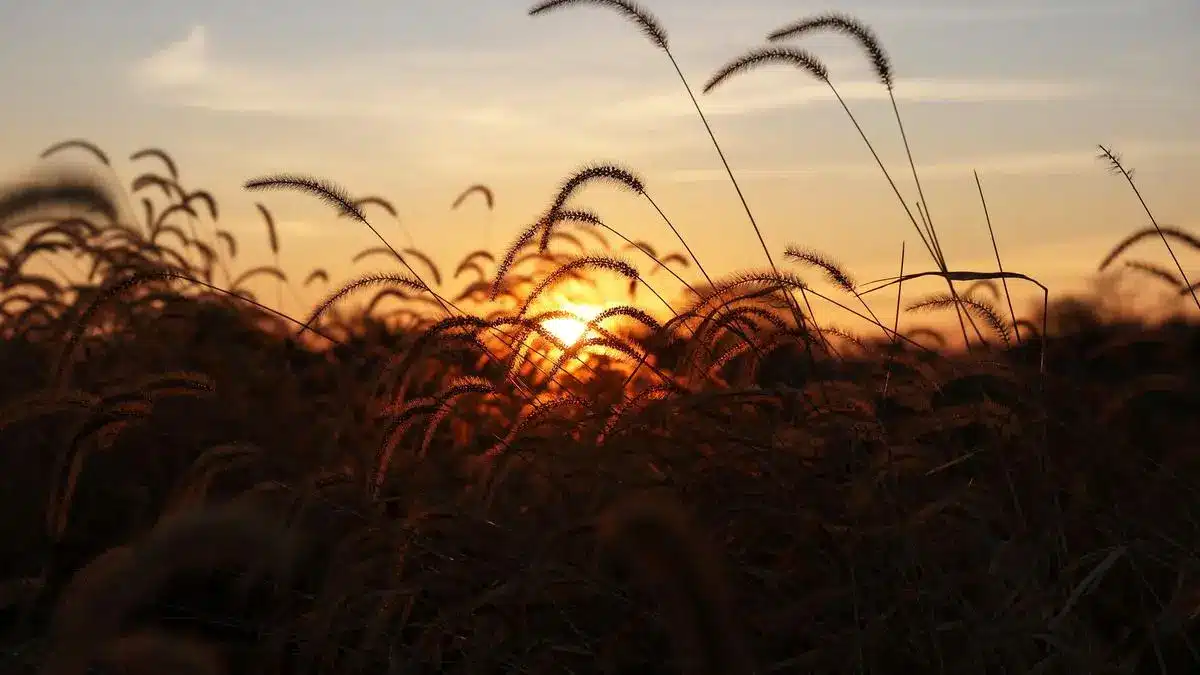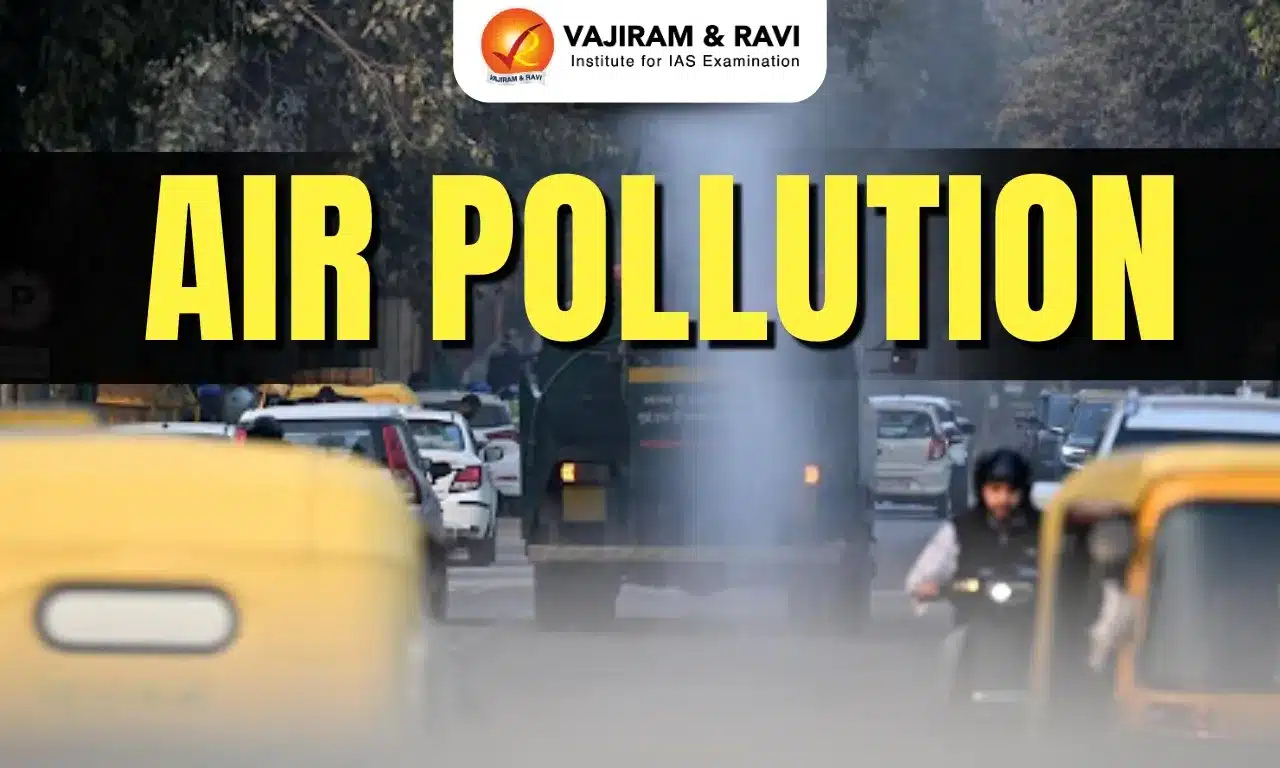What’s in today’s article?
- Background
- Impact of Climate Change on Production of Cereal
- Impact on Wheat Producing States
- Impact on Rice Producing States
- Implication of Welfare Schemes
- Conclusion
- Key Words for Prelims
Background

- Till the mid-2000s, Punjab and Haryana used to contribute 90% of the wheat in the public distribution system (PDS) and other government programmes.
- In the current marketing season, the two states account for 75.5% of the total wheat procured for the Central foodgrains storage.
- Government agencies have so far bought 25.5 million tonnes (mt) of the 2023-24 winter-sown crop harvested from late-March.
- Of that, 12.2 mt has come from Punjab and over 7 mt from Haryana.
Impact of Climate Change on Production of Cereal
- In the bumper production years of 2019-20 and 2020-21, when wheat production hit record levels of 39-43 mt, the share of Punjab and Haryana fell to a little over 50%.
- Madhya Pradesh emerged as the biggest wheat producer in 2019-20, overtaking Punjab.
- But this has changed in the last three years, in which production has suffered due to climate shocks.
- Unseasonal heat in March 2022 and heavy rain in March 2023 hit the crop in its final grain-formation and filling stage.
- An unusually warm November-December 2023 has impact wheat yields this year, particularly in Central India.
- The delayed arrival of winter due to El Nino resulted in premature initiation of flowering, and the crop’s vegetative growth phase was cut short.
- The effect was felt most in Madhya Pradesh, Gujarat, Maharashtra, and parts of Rajasthan, where sowing happens early.
Impact on Wheat Producing States
- Wheat procurement from Madhya Pradesh has crashed from 12.8 mt in 2019-20 and 2020-21 to hardly 4.6 mt this season.
- Uttar Pradesh and Rajasthan too, have posted steep drops from their 2020-21 highs.
- On the other hand, Punjab and Haryana have weathered the climate shocks better, because winters are longer there, and sowing begins in early to mid-November.
- Punjab and Haryana have been the savior at a time when wheat stocks in government godowns, at 7.5 mt on April 1, were the lowest since 2008.
- The stocks were barely above the minimum operational-cum-strategic reserve of 7.46 mt necessary at the start of the marketing season.
Impact on Rice Producing States
- Earlier, government procurement of rice was traditionally concentrated in Punjab and Haryana, and the Godavari-Krishna and Kaveri deltas of Andhra Pradesh and Tamil Nadu.
- But with new states – Telangana, Chhattisgarh, Odisha and UP – becoming major contributors, the combined share of Punjab and Haryana in total procurement has fallen.
- In early 2000s it was 43-44% but now it has come down to an average of 28.8% in the four years ended 2022-23.
- However, the current crop year has seen that ratio rise to almost 33%.
- One of the key reasons for the growth is the assured access to irrigation which has helped in mitigated the impact of last year’s patchy monsoon.
Implication of Welfare Schemes
- Under the National Food Security Act, 2013, more than 80 crore people are entitled to 5 kg of wheat or rice per month at highly subsidized rates.
- However. since January 2023, this grain is being provided for free to all NFSA beneficiaries.
- The NFSA, along with other welfare schemes and open market sale operations, require 60-65 mt of grain to be procured annually by state agencies.
- In most years, this requirement is comfortably covered.
Conclusion
- It is in the times of need, such as bad monsoon or climate shock, Punjab and Haryana prove their worth.
- The national average of per-hectare wheat and paddy production is 3.5 tonnes and 4.1 tonnes, respectively.
- On the other hand, the average of Punjab and Haryana is higher at 4.8 tonnes and 6.5 tonnes for wheat and paddy production, respectively.
- Hence, the two agrarian states will continue to matter for national food security even with some desirable acreage shifts to other crops.
Key Words for Prelims
What is ENSO (El Nino and Southern Oscillation)?
- ENSO is one of the most important climate phenomena on earth due to its ability to change the global atmospheric circulation, which in turn, influences temperature and precipitation across the globe.
- Though ENSO is a single climate phenomenon, it has three states, or phases, it can be in:
El Nino:
- A warming of the ocean surface, or above-average sea surface temperatures (SST), in the central and eastern tropical Pacific Ocean.
- It is associated with lower than normal monsoon rainfall in India.
La Nina:
- A cooling of the ocean surface, or below-average SSTs, in the central and eastern tropical Pacific Ocean.
- It is associated with a comparatively better monsoon rainfall in India.
Neutral:
- Neither El Nino nor La Nina.
Often tropical Pacific SSTs are generally close to average.
Q1. What is Sutlej Yamuna Link Canal?
Sutlej Yamuna Link Canal or SYL as it is popularly known, is an under-construction 214-kilometer long canal to connect the Sutlej and Yamuna rivers.
Q2. When did Haryana separate from Punjab?
On 1 November 1966, Haryana was carved out of the East Punjab on linguistic grounds, with majorly consisting of the “Hindi Speaking areas”. Same example was later followed in creation of Himachal Pradesh as well.
Source: How Punjab and Haryana remain key to national food security
Last updated on December, 2025
→ Check out the latest UPSC Syllabus 2026 here.
→ Join Vajiram & Ravi’s Interview Guidance Programme for expert help to crack your final UPSC stage.
→ UPSC Mains Result 2025 is now out.
→ UPSC Notification 2026 is scheduled to be released on January 14, 2026.
→ UPSC Calendar 2026 is released on 15th May, 2025.
→ The UPSC Vacancy 2025 were released 1129, out of which 979 were for UPSC CSE and remaining 150 are for UPSC IFoS.
→ UPSC Prelims 2026 will be conducted on 24th May, 2026 & UPSC Mains 2026 will be conducted on 21st August 2026.
→ The UPSC Selection Process is of 3 stages-Prelims, Mains and Interview.
→ UPSC Result 2024 is released with latest UPSC Marksheet 2024. Check Now!
→ UPSC Prelims Result 2025 is out now for the CSE held on 25 May 2025.
→ UPSC Toppers List 2024 is released now. Shakti Dubey is UPSC AIR 1 2024 Topper.
→ UPSC Prelims Question Paper 2025 and Unofficial Prelims Answer Key 2025 are available now.
→ UPSC Mains Question Paper 2025 is out for Essay, GS 1, 2, 3 & GS 4.
→ UPSC Mains Indian Language Question Paper 2025 is now out.
→ UPSC Mains Optional Question Paper 2025 is now out.
→ Also check Best IAS Coaching in Delhi

















